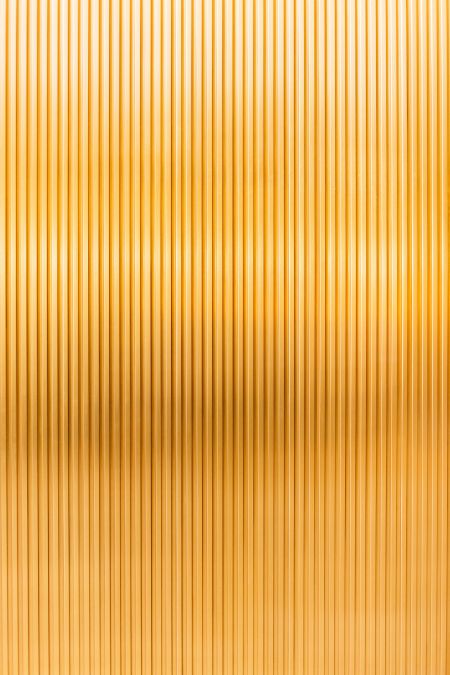Brass and copper are both widely renowned metals, used for thousands of years and critical to many industries. However, while these metals do share certain characteristics, it’s important to understand the difference between brass vs. copper and how these differing qualities impact each metal’s usefulness in various applications. Some of the key differences between brass and copper include:
- Composition
- Color/appearance
- Conductivity
- Strength
- Cost
These are just a handful of the ways brass and copper differ from one another. At Polished Metals, our team works with a full slate of red metals, including brass, copper, and commercial bronze. Today, we’re exploring the difference between brass vs copper and sharing some of their key applications.
Composition
The most fundamental difference between copper and brass is their composition. Copper is a pure metal, meaning even in everyday applications like wiring the metal is generally at least 99.90% copper.
Brass, on the other hand, is an alloy—a mixture of multiple metals. Brass is composed of copper and zinc, and while the precise ratios vary, most common types of brass will contain around 60–70% copper, 30–40% zinc, and trace amounts of other metals such as lead or tin.
Color and Appearance
Copper and brass also differ in their appearance, most notably their color. Copper can be thought of as the “mother” of all red metals, as each metal in that family—copper, brass, and bronze—get their reddish tint from their copper content. 
Pure copper is a reddish color with hints of brown or orange. Some may even feel that highly polished pieces of copper appear to have a pinkish hue. Its color is distinctive and only grows more so over time, as copper of course turns green as it tarnishes.
While it is in the red metal family, brass typically has a lower copper content than bronze. This means varieties of copper tend to be yellowish or gold in color, particularly yellow brass. However, varieties like naval brass and especially architectural bronze (technically a form of brass) have a redder hue.
Conductivity
Copper is one of the most conductive metals in the world, conducting both heat and electricity exceptionally well. Surpassed only by silver, this property has led to copper’s primary use in electrical wiring.
Brass, on the other hand, is significantly less conductive. While still very conductive compared to many other metals due to its copper, the addition of other metals to make various brass alloys means brass overall is a poorer conductor than copper.
Strength
On the other hand, in a strength contest between brass vs. copper, brass is the better option. Brass is highly durable and resistant to various types of stress, while copper may warp or be damaged more easily.
Both metals are quite corrosion resistant, however. Copper itself does not rust, and while its appearance may tarnish with time, the underlying structure of the metal remains sound. The same is true for brass—making red metals in general a good choice for use in environments where corrosion is a factor.
Cost
In terms of cost, brass has a significant advantage vs. copper. Pound for pound, brass is typically less than half the cost of copper, though it will depend on the specific product, finish, and the overall volume of the order.
That said, as a general rule, copper is one of the more expensive metals in wide use today, and this is a major consideration for many companies.
Brass vs. Copper: Which Metal Is Best?
Overall, the choice between polished copper or brass comes down to the individual requirements of your project.
If conductivity is paramount above all else, copper is the clear choice. If the use case is artistic or ornamental in nature, copper lends an unmatched aesthetic to design projects.
On the other hand, brass provides many of the advantages of copper while boasting improved strength and much better cost efficiency. Further, the gold appearance of polished brass can lend an elegant touch to any interior or exterior space.
Polished Metals: Your Expert in Brass and Copper
At Polished Metals, our team has decades of experience working with a wide range of red metals, including both copper and brass products. No matter what the demands of your project, we can provide the right products with the right finish—all according to your specifications and timeline.
Polished Metals is here to be your one-stop shop for all of your metal finishing needs. Reach out today for a quote!

